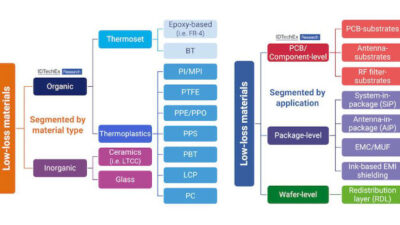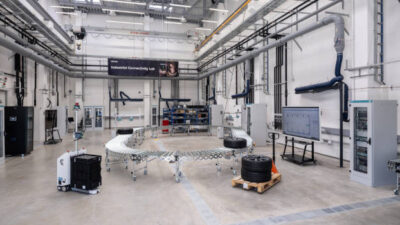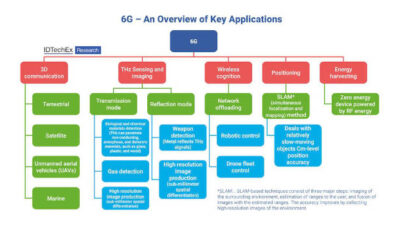Ethernet technology is moving closer to the instrumentation and device level, but progress has largely stalled at the programmable logic controller (PLC) “barrier” for several reasons. One of these is providing power for individual devices, and another is wiring topology. Two major advantages of conventional fieldbus platforms are the ability to carry power to instruments and bit-l...
Ethernet technology is moving closer to the instrumentation and device level, but progress has largely stalled at the programmable logic controller (PLC) “barrier” for several reasons. One of these is providing power for individual devices, and another is wiring topology.
Two major advantages of conventional fieldbus platforms are the ability to carry power to instruments and bit-level devices on the same cable that communicates information, and a daisy-chain wiring topology. Both are difficult to duplicate with Ethernet technology. Consequently, Ethernet has gone as far as a PLC and usually stops there. Connections from a PLC to individual devices are more typically hardwired or via some industrial network platform.
Power over Ethernet (PoE) has the ability to carry supply current to individual devices, at least in theory. The technology wasn’t originally developed with industrial applications in mind, but for commercial and residential use for items such as Webcams, wireless access points, and the like. It doesn’t have the capability yet to supply power for more hungry industrial devices.
Moreover, since Ethernet connectivity doesn’t support daisy-chain wiring, each device has to have its own wire back to a router. That topology is no better than hardwiring directly to an I/O card. Consequently, most instrumentation and bit level device vendors have been very slow to introduce Ethernet connectivity in their products. This situation makes the PLC barrier all the more real.
Will more power help?
Some recent research suggests that those implementing industrial networks should be planning ahead for higher power capabilities over Ethernet. The standard is moving from 12.95 W allowed to as much as 60 W per device, says Venture Development Corp.
Commenting on Ethernet’s expansion in power conversion and control practices, Venture Development Corp. (VDC) offers a research note: Power Over Ethernet, The PoE+ Standard and New Opportunities. Brian Greenberg, VDC analyst for power conversion, says, “With the past success of Power over Ethernet (IEEE standard 802.3af) powering network devices operating on 12.95 W or less, observers expect great things from PoE+ (IEEE-pending standard 802.3at). 802.3at is expected be able to provide 30-60 W to a single powered device (PD).”
Greenberg says PoE has helped reduce the cost and complexity of installing devices on an IT network, including VoIP (voice over Internet Protocol), WLANs (wide local area networks), and certain security camera applications. The use and need for PoE is apparent in a number of applications. VDC’s study Power over Ethernet: Global Market Opportunity Analysis, Second Edition predicts that vendors will ship more than 21 million VoIP ports and nearly 5 million WLAN ports per year by 2008.
New opportunities from PoE+
Additional power of PoE+ may drive new applications without need to run a conduit for ac power. Emergence of PoE+ will enable greater functionality for existing PoE applications (with backward and forward capabilities), Greenberg suggests, and will make enough power available to drive new applications without dedicated power, including monitoring cameras, more sensors, transmitters, and wireless devices, as well as thin-client workstations.
Separately, Control Engineering has heard from enclosure manufacturers recommending that automation designers plan ahead for additional power and heat in what previously may have been uncooled, unventilated network boxes or communications closets. As for voltage, the IEEE standard is 48 V for a “passive tap,” and step-down options are available in a regulated tap.
Despite the research, “Fieldbus leaders shouldn’t lose any sleep over PoE for now,” says Eddie Lee, national industrial Ethernet product sales manager for Moxa Technologies. “The way it’s used for video, voice over Internet, and wireless will point the direction for its acceptance. Right now, it intrigues a lot of people, and it is filling niche applications, but there is no full-scale migration. Industrially, it’s on the periphery.”
Author Information
Peter Welander is process industries editor, [email protected] ; Mark T. Hoske is editor in chief, [email protected] ;



